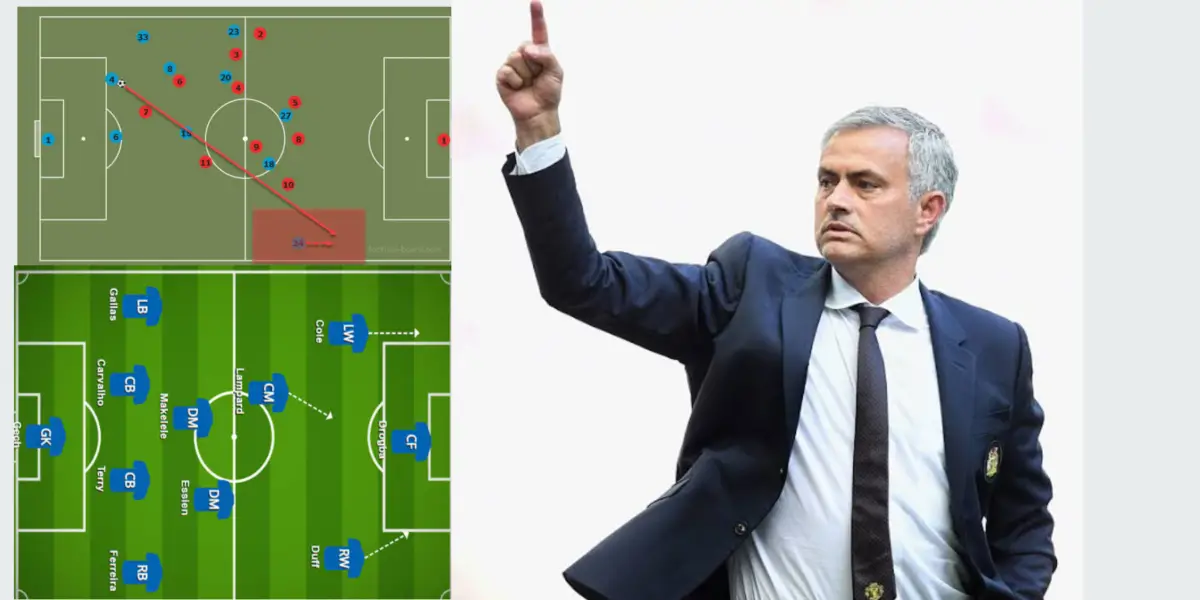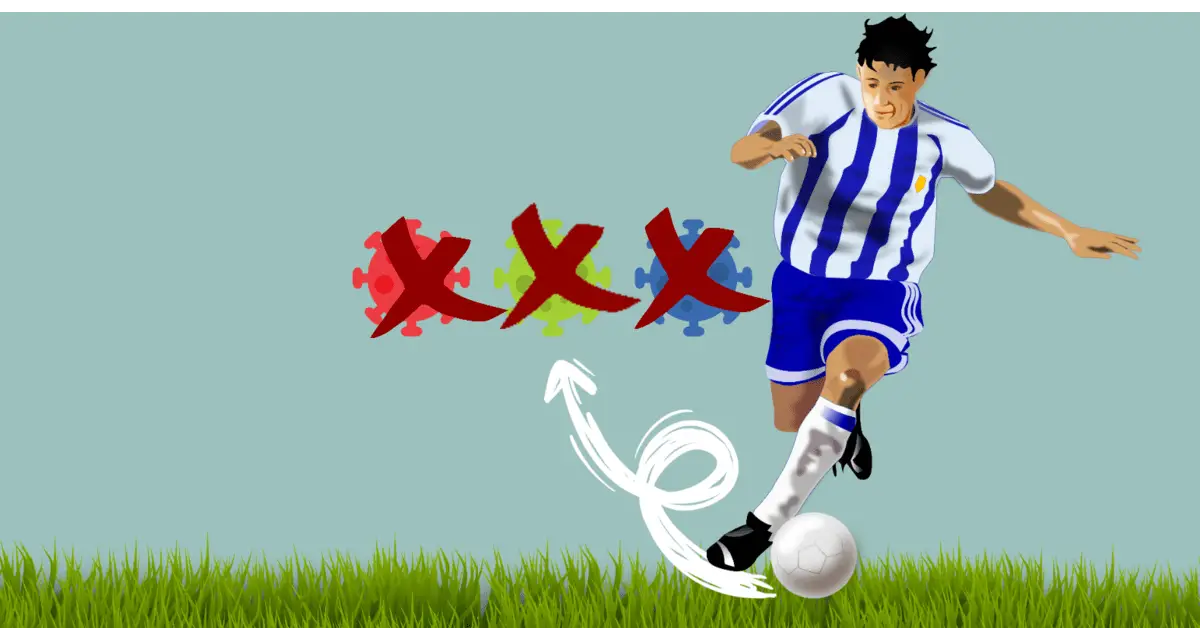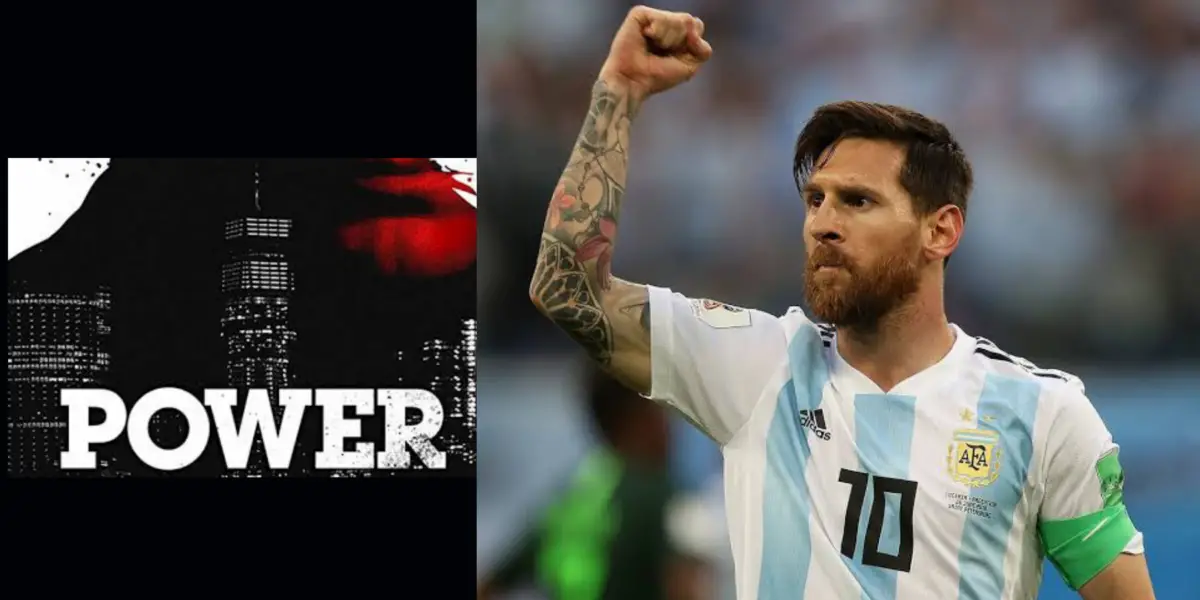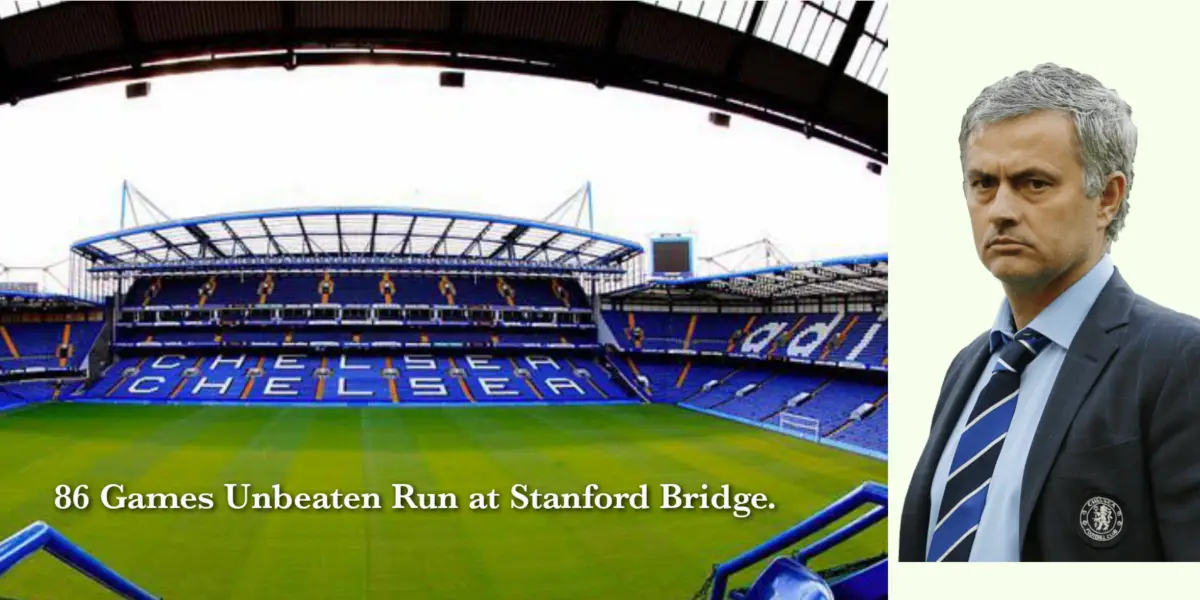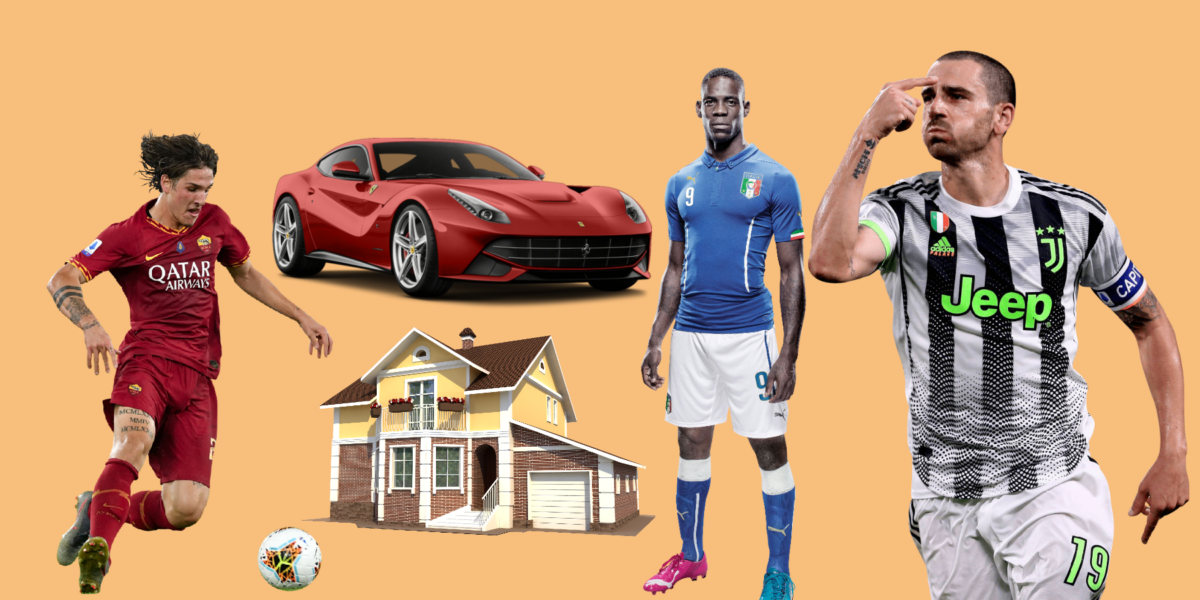Jose Mourinho is one of the best managers of this generation, having led several top clubs to success for several years. He is widely considered to be one of the greatest managers of all time and is one of the most decorated managers ever. In this article, we will be analyzing the tactical evolution of the special one.
Brief History of Jose Mourinho
José Mário dos Santos Mourinho Félix was born on the 26th of January 1963. After an uneventful career as a midfielder in the Portuguese leagues, Mourinho had to change his career focus.
First, he started as an interpreter for Sir Bobby Robson at Sporting CP and Porto. Then, he gained success as an Assistant Manager at Barcelona under both Robson and Louis van Gaal.
After impressing with brief managerial stints at Benfica and União de Leiria, Mourinho then returned to Porto as a manager in 2002. His illustrious career began there and he took the European scene by storm with his tight and disciplined tactic.
Read Also: The Pros and Cons of The 4-5-1 Formation
Tactical Evolution of Jose Mourinho’s Teams
Jose Mourinho is renowned for having a tight defensive structure and lethal counter-attacking brilliance. But how has he adapted these tactics throughout the years? We would be looking at the tactical evolution of Jose Mourinho at Chelsea, Inter Milan, and Real Madrid which are his 3 most successful years in football.
First, let’s dwell on the tactical evolution of Jose Mourinho at his first elite Club.
Consider Reading: Longest Serving Football Managers ever
Jose Mourinho Chelsea Formation
Jose Mourinho arrived at Stamford Bridge as a relatively unknown manager. Mourinho enjoyed the best of his career at Chelsea. He completely turned the club’s fortune around right from the first season.
At Chelsea, Jose Mourinho opted for the 4-3-3 formation, for most of his matches and it didn’t take long for Mourinho to stamp his style on the team.
The Tactical Analysis
It is worth noting that Peter Cech wasn’t good with the ball. Mourinho often asked his keepers to launch the ball forward. With the acquisition of Didier Drogba, he was able to occupy the space between both centre-backs. This allowed one of the midfielders (Mostly Lampard) to be just behind him to get the ball when knocked down. Or for Drogba to flick the ball to the wingers (Duff and Robben).
Mourinho often used a triangle-shaped midfield. So, this allowed Chelsea to dominate most English teams as they usually played a pure 4-4-2 where the central midfielders are side by side.
Makelele was a key figure in this system as the buildup play always started with him. His major task was to protect the backline and If he then got closed down it meant one of the two other central midfielders would be left free. If they are closed down and the other team’s wingers come inside to help, it meant there would be space now for Chelsea on the flanks, either for their wingers or for their full-backs.
Mourinho wanted one of his full-backs to be more attack-minded than the other (Ashley Cole provided this outlet). This formula was effective and because it was different, and his players understood it.
Read Also: The Complete Info About the European Super League
The Reward or Result
Chelsea ground out games incredibly well thanks to this system.
The tactics helped as they conceded a league record of the least number of goals (15) a feat no team has achieved. He won 2 Premier League Titles, 1 FA Cup, and 2 League cups before departing in 2007.
Now, let us consider the tactical evolution of Jose Mourinho at another successful club.
Consider Reading: 3-5-2 Formation: Tactical Analysis, Pros and Cons
Jose Mourinho at INTER MILAN (2008-2010)
“People need to adapt themselves to changing times and situations.”
As time moves, so do people. Old institutions and ideas are swept away by a wave of fresh principles and ideologies. This also applies to world football, as we saw a tweak in Jose Mourinho’s tactic setup.
Consider Reading: How Ball Possession is Calculated in Football
The Tactical Analysis
Unlike his spell at Chelsea where Mourinho opted for the 4-3-3 formation, Mourinho mostly opted for the 4-3-1-2 Diamond formation or his alternate formation 4-2-3-1.
Inter Milan was known as a team solid in defence. The uncommon (or imaginary) Football proverb – ‘Defence is the best form of attack’ (not the other way around) applied to Jose Mourinho’s Inter Milan team.
At Inter, Sneijder looked to act as the free-roaming number 10. The Cambiasso – Motta partnership was a very solid combo in the middle of the park.
When on the front foot, either Cambiasso/Motta would make the forward run. The other would cover for the forward-running midfielder, with help from full-back (Zanetti). Mourinho set his team primarily to Knick matches on the counter.
Read Also: The Best Right-Backs Ever in Football
The Reward or Result
Inter Milan looked to suffocate teams with their rigid setup.
The Inter of 2009-10 was probably one of the most well-drilled and disciplined defensive units of the modern era. Mourinho led his side to a league title in his first season while also winning a treble in 2010 before leaving for a higher calling.
Indeed, we can say that Mourinho evolved tactically at Inter Milan.
Read: Features of Football Manager 2020 Game
Mourinho Real Madrid formation
José Mourinho managed Real Madrid from 2010 to 2013. During his tenure, he used several formations depending on the opponent and the tactical approach he wanted to employ. One of the most commonly used formations by Mourinho during his time at Real Madrid was the 4-2-3-1 formation. Here’s a basic outline of that formation:
Formation: 4-2-3-1
Goalkeeper:
Iker Casillas (or Diego Alves)
Defenders:
- Right-back: Álvaro Arbeloa
- Center-back: Sergio Ramos
- Center-back: Pepe
- Left-back: Marcelo
Midfielders:
- Defensive midfielder: Xabi Alonso
- Defensive midfielder: Sami Khedira
- Attacking midfielder/Playmaker: Mesut Özil
- Left winger: Cristiano Ronaldo
- Right winger: Ángel Di María
Striker: Karim Benzema
It’s important to note that Mourinho made adjustments to his lineup and formation based on various factors such as injuries, suspensions, and the specific opponents they were facing. This formation represents a common starting lineup during his time at Real Madrid, but there were variations and changes throughout the seasons. Mourinho is known for his tactical flexibility, so he adapted his tactics as needed to achieve success with the team.
Mourinho and Real Madrid were almost the perfect matches made in heaven.
Not every manager would leave a Champions League-winning team to a team trying to recapture the glory days. The task on the ground was never going to be an easy one. But Florentino Perez backed Mourinho in the market, and he bought players that suited his system.
Read Also: The Best Female Soccer Coaches
The Tactical Analysis
For the second time in his career, Mourinho evolved tactically to suit the team.
In matches where Mourinho needed solidity defensively, he opted for the 4-3-3 playing with an extra DM (Lassana Diara). This made it harder for opponents to break through the centre. However, Mourinho used the formation just twice in the League. He usually reserved this formation for cup matches.
For this analysis, we will be focusing on the 2011/2012 legendary season.
The trademark formation of this team was the 4-2-3-1. The set-up of this team is quite different from the previous teams of the Special One. Mourinho is always set up with 2 Defensive Midfielders – world-class deep-line playmaker Xabi Alonso and Samri Khedira. One of the midfielders was created from deep while the other worked as a box-to-box midfielder.
Unlike his previous goalkeepers, Mourinho found one who was both a shot-stopper and also good with the ball. This helped Madrid build up an attack from the back.
The attacking qualities of Cristiano Ronaldo, Mesut Ozil, Di Maria, and Karem Benzema caused opponents all sorts of trouble. The ability of Benzema to drop as almost a false 9 in games helped bring the best out of Ronaldo.
The full-backs also played important roles in the buildup of their attacks. Arbeloa, a limited full-back helped move the ball out of tight areas when both center-backs remained marked out of the game. Apart from that, he primarily focused on the defensive side of the game.
Read: Best International Footballers of all time
The Reward or Result
Mourinho’s tactical evaluation at Real Madrid proved to be a successful one. This led to records like accumulating 100 points in the league and also a league record of 121 goals scored. For the first time, we saw a full-blown counter-attacking Mourinho team.
Mourinho won 3 trophies at Real Madrid. But the League win and temporarily ending Barca’s La Liga dominance made him stamp his name in the hearts of the Los Merengues faithful. The tactical Evolution of Jose Mourinho is a responsible factor for his success at Real Madrid.
Consider Reading: How Man of The Match Award is in Football is Decided
CONCLUSION
Over the years fans argued that Mourinho did not evolve tactically in modern football. But with a proper analysis of his career, we have been able to uncover the various tactics and formations in which Jose Mourinho used to dominate in several leagues and is still proving that he is a world-class manager.
Jose Mourinho will forever be a world-class manager and just as seen in his current role at Tottenham, progress has been made and he might win the club their first trophy in over a decade.
Read Also: Best Free Transfers in Football
Further Reading:

